The number of tourists between China and South Korea has increased sharply in recent years, especially during the National Day and Mid-Autumn Festival holidays in this country. The streets of Seoul, especially the Myeong-dong area, have witnessed a bustling influx of Chinese tourists. The atmosphere in cosmetics stores is bustling, where enthusiastic sales staff promote products in Chinese.
The bustle in Seoul reflects a recovery in tourism between China and South Korea, fueled by positive signals ahead of the holiday and measures from both governments . In September, the South Korean government announced a trial visa-free entry policy for group tourists from China, effective from September 29, 2025, to June 30, 2026. China previously implemented a visa-free policy for South Korean citizens, starting in November 2024.

Crowded with tourists in Myeongdong area, Seoul in early October 2025. Source: Yonhap
Trip.com data shows that since China announced its visa-free policy for South Korean citizens in November last year, as of September 11 this year, the total number of travel bookings from South Korea to China has increased by 131%, with air ticket bookings and hotel bookings increasing by 90% and 163% respectively compared to the same period last year.
In contrast, the announcement of Korea’s visa-free policy has attracted significant interest from Chinese tourists. On Trip.com, searches and bookings for Korea have increased sharply, with group tour bookings skyrocketing 357% year-on-year. The demographic group in China most interested in traveling to Korea is still mainly young people, with those born in the 1990s accounting for 33%, those born in the 1980s accounting for 27%, and those born after 2000 accounting for 19%.
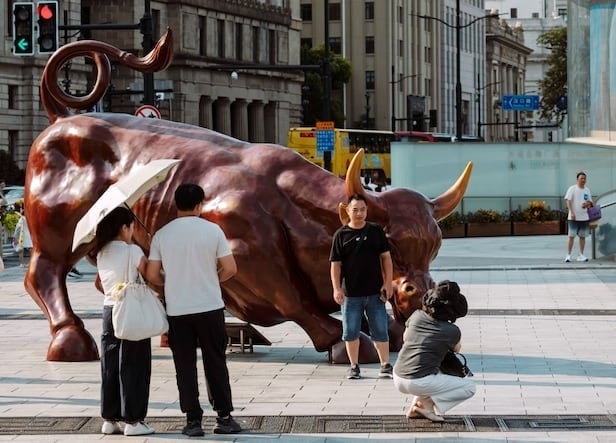
Tourists in Shanghai, China, August 2025. Source: EPA-Yonhap
Chinese and Korean media quoted Trip.com Vice President Qin Jing as saying that the visa exemption policy will open up new space for bilateral economic cooperation between Korea and China. In the tourism sector, this policy will stimulate demand for group tours, theme tours - such as art-focused tours or family tours; thereby helping to boost the retail, duty-free and catering industries. In the cultural sector, the resonance between Chinese and Korean cultures opens up new potential for integrated cultural tourism, with themed and personalized tours.
According to Yonhap News Agency (South Korea), the country is cooperating with major Chinese online travel companies to develop new tourism products, including "K-Pop Experience", "K-drama filming location tour", "Health and fitness tour" and "Korean food tour". The initiative aims to shift tourists' consumption from shopping to experience. At the same time, the South Korean government is accelerating the digital transformation of tourism services, including payment convenience such as Weixin Pay and Alipay, and adding Chinese-speaking tour guides.
Korean airlines are also accelerating the resumption of flights to China. Currently, flight traffic between China and South Korea has only recovered to about 86% of pre-Covid-19 levels, while flights to other regions have largely returned to normal. In the first half of this year, passenger traffic on routes between the two countries reached 7.8 million, up 24.4% year-on-year. Industry experts say that the resumption of flights and visa exemption policies between China and South Korea have created a positive response, continuing to support tourism demand during the peak season at the end of the year.
Source: https://bvhttdl.gov.vn/du-lich-hai-chieu-trung-quoc-han-quoc-tang-manh-nho-thuan-loi-ve-thi-thuc-20251015093124877.htm









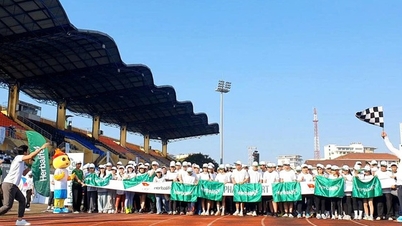
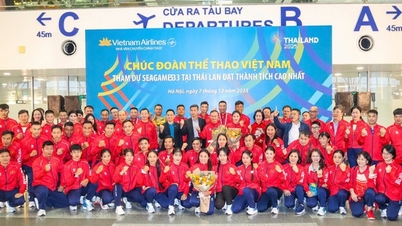




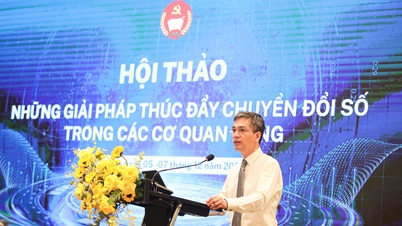





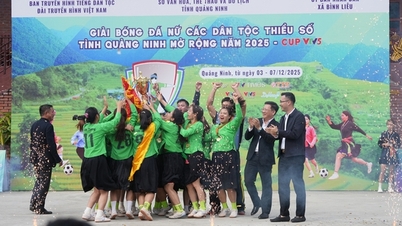
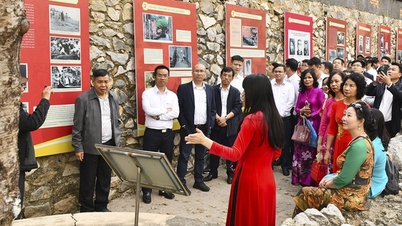
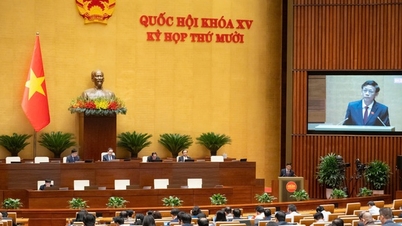
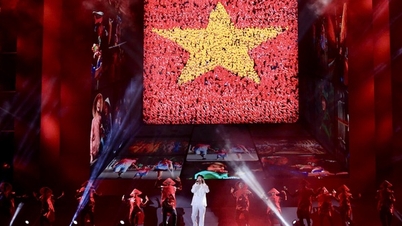
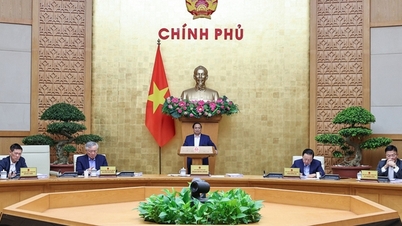
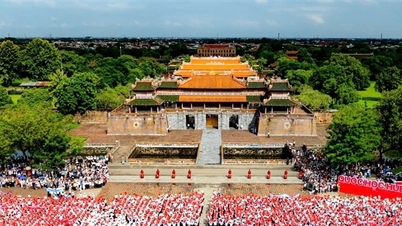

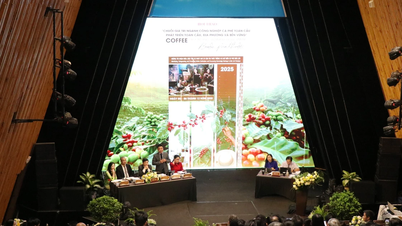

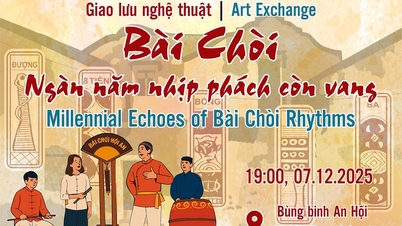

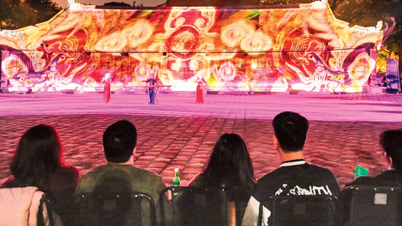

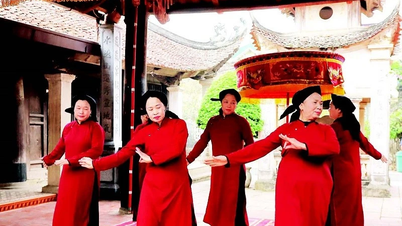
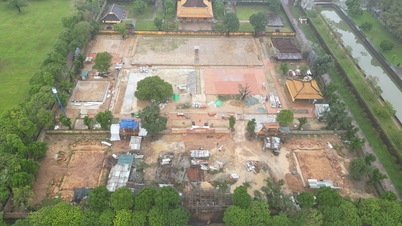
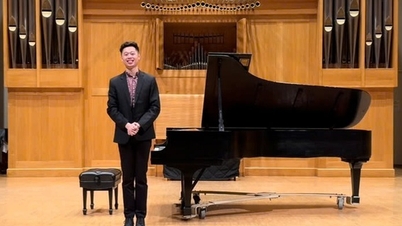

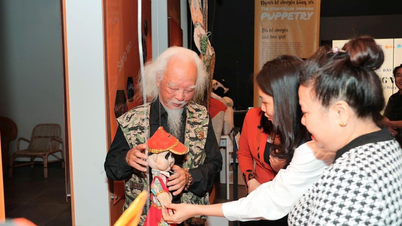

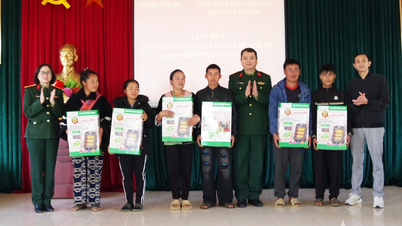




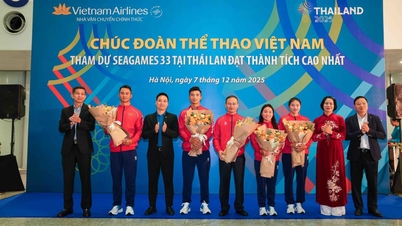


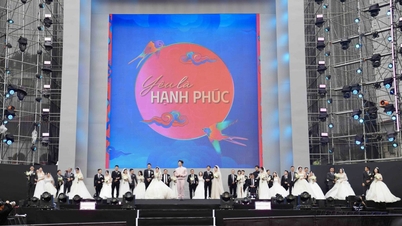

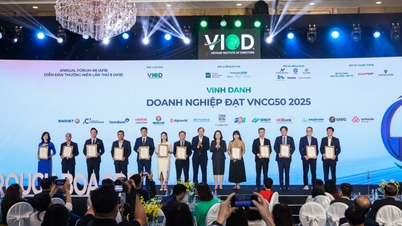







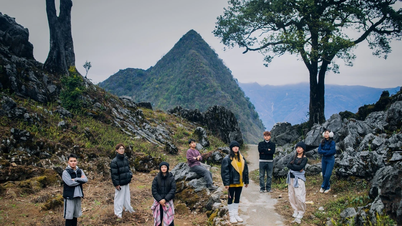
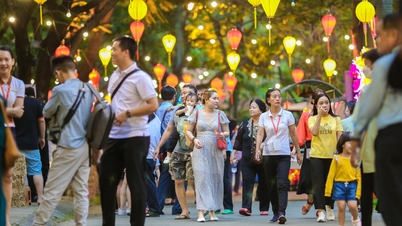






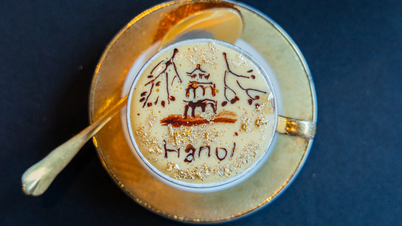




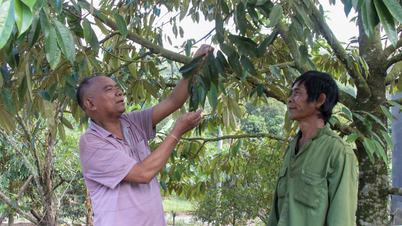














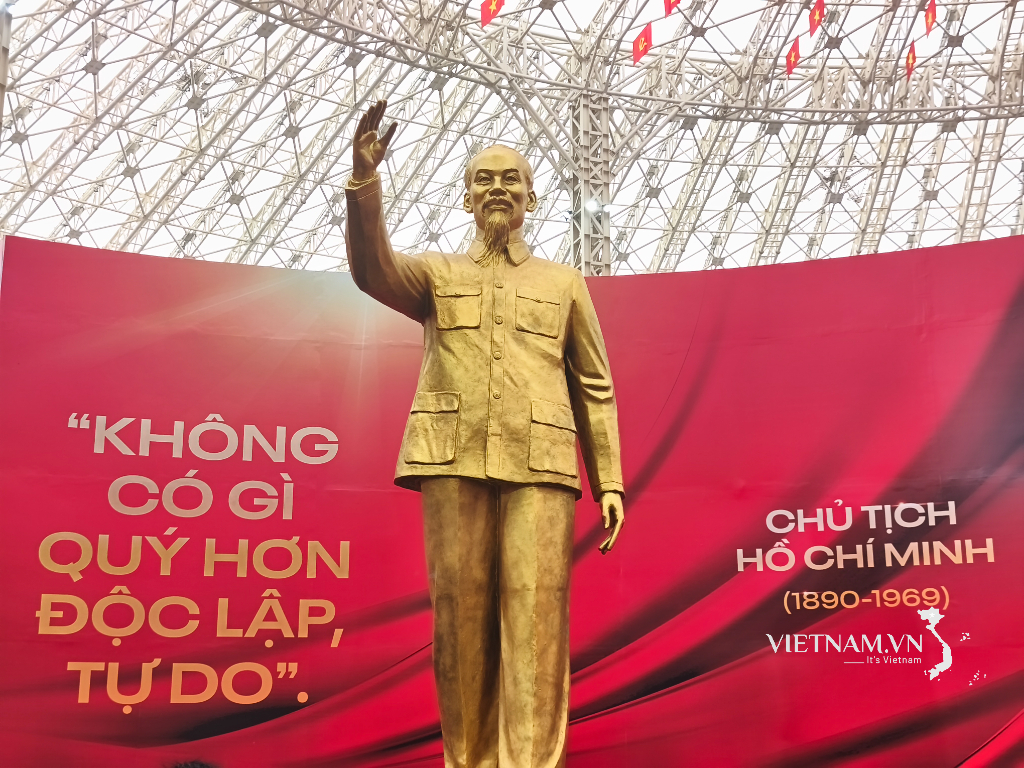







Comment (0)